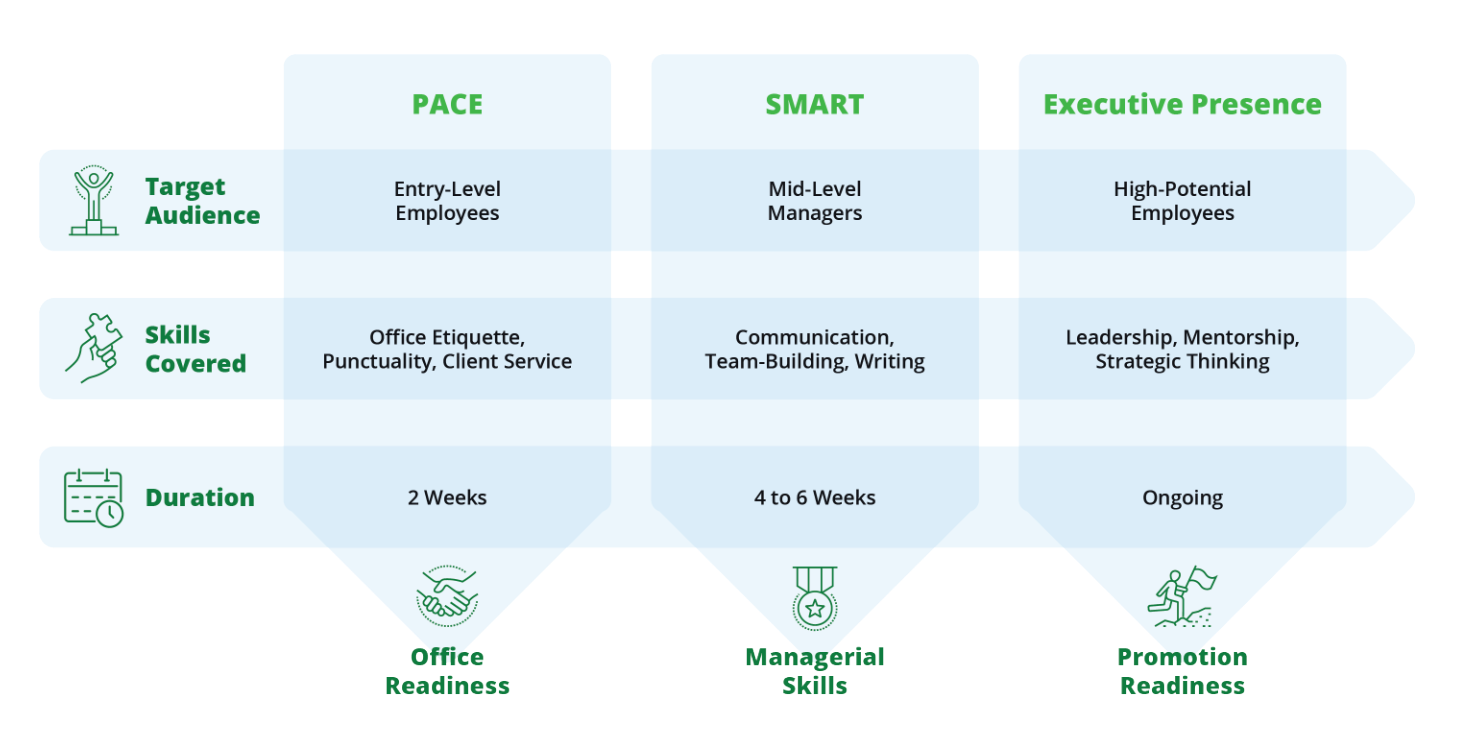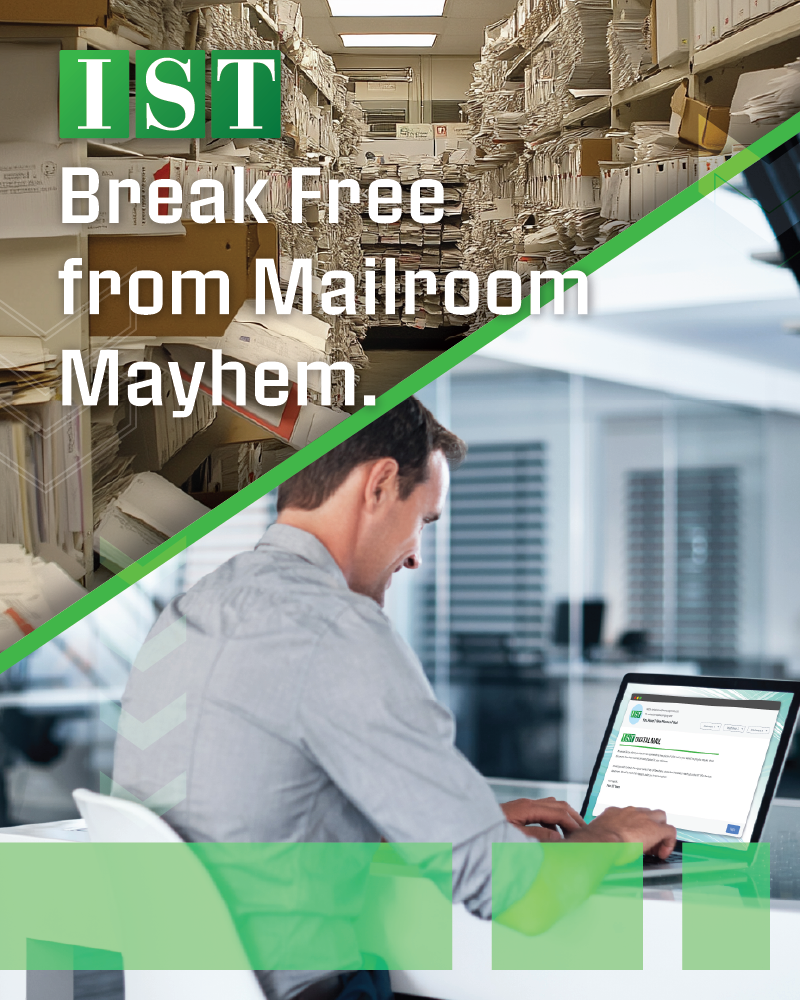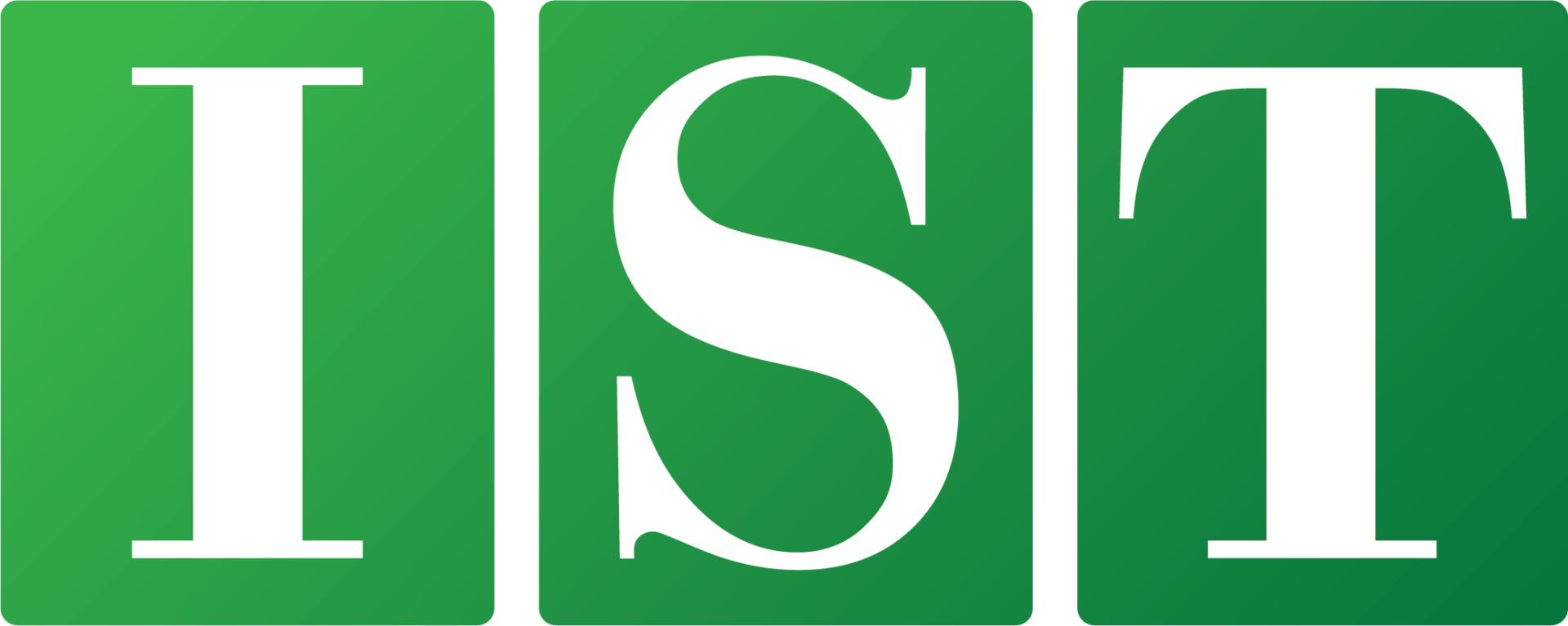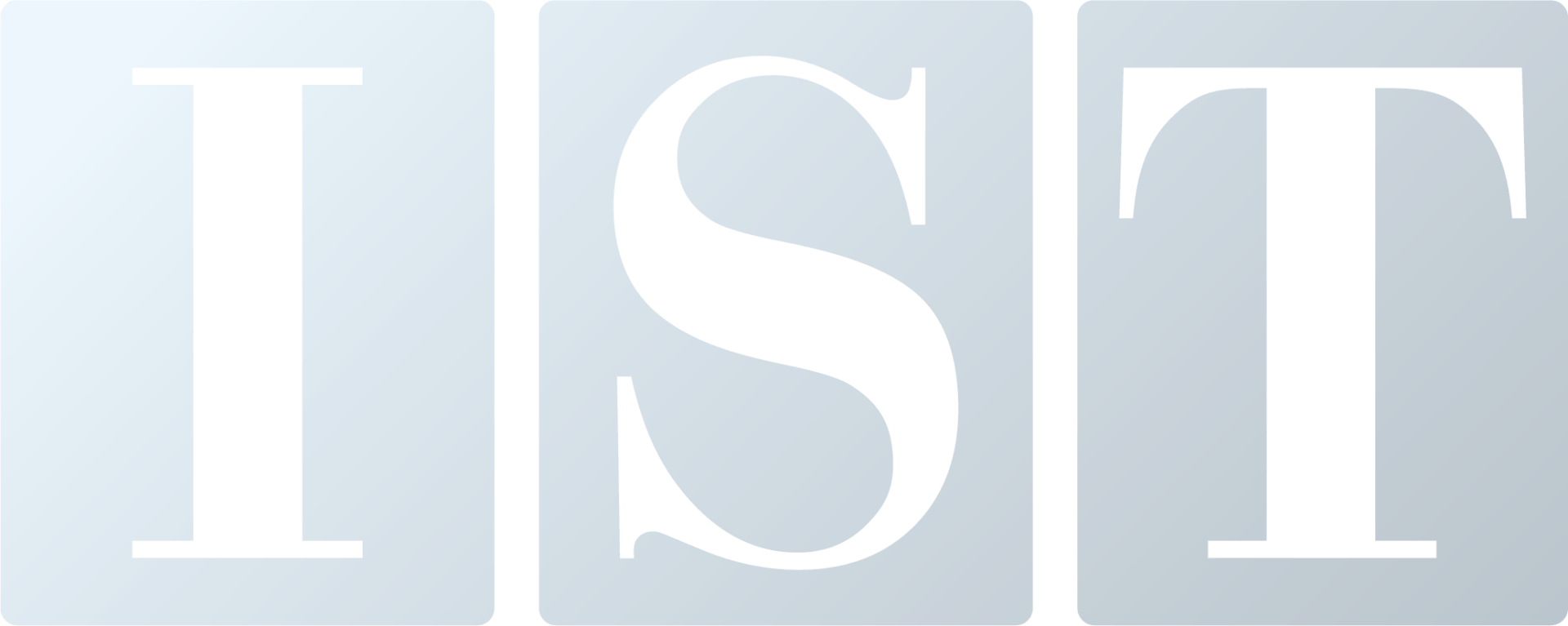Harnessing Human Resources Training and Development for Effective Facilities Management
Innovate & Integrate
Well trained and developed employees are not merely an asset; they form the backbone of reliable and efficient operations. Employees equipped with the skills and knowledge necessary to excel in their roles, ultimately lead to heightened productivity and quality of service. Furthermore, investing in employee development fosters a culture of continuous improvement and innovation, which is crucial for maintaining a company's competitive edge. A well-trained workforce ensures adaptability in the face of changing industry demands and technological advancements, thereby securing a company’s long-term sustainability and growth.
Companies that neglect comprehensive HR training and development often face significant challenges, including decreased employee productivity, high turnover rates, and a lack of innovation, all of which can jeopardize their competitive standing and overall success. To address this pain-point, we sat down with one of our seasoned HR professionals to discuss how IST can offer you the best training and development programs in the industry.
Introducing Jay Lafont
Our latest guest on the Outside-IN podcast, Jay Lafont, Senior National Director of Human Resources, shares his career journey and valuable insights on how training and development are transforming Facilities Management. Jay began his career in the world of healthcare administration before finding a passion for empowering people. Jay’s career transition from healthcare administration to HR was not a calculated move, but rather a happy accident that introduced him to the world of talent management. One of the things that attracted him to HR and has since kept him in the field is the ability to do training and development. Jay enjoys helping people reach their full potential.
“I believe as an employer, IST has a responsibility to make sure that its employees have the best training they possibly can. So not only can they develop professionally, but that they can provide the best possible service that they can for our clients.”
Jay’s journey emphasizes the critical role of continuous learning, one of the pillars of HR at IST. IST places significant emphasis on continuous employee training and development to stay relevant in today's rapidly changing work landscape. This commitment to learning is demonstrated through several of our training initiatives.

Sourcing Quality People
A major factor distinguishing IST from our competitors is the outstanding customer and client service we deliver. We aim to source our people with experience from the hospitality sector where it is practically within their DNA to go the extra mile. This commitment is deeply rooted in IST's culture, as our employees consistently strive to provide personalized attention. Such dedication plays a crucial role in IST's achievements. Customers often comment on the thoughtful, personal touches offered by IST staff, which make a significant difference, even when not directly tied to business matters. This talent for forming personal connections is a quintessential characteristic of IST's methodology.
PACE Program
With a client-first mentality, we focus on Providing Awesome Client Experiences (PACE). The PACE Program is a pivotal program designed to assist entry-level employees, many of whom have backgrounds in hospitality, including hotels, bars, and restaurants, rather than office services. These positions with IST often represent their first experience in an office setting.
The aim of the PACE program is to offer essential guidance on navigating this new environment, emphasizing the significance of punctuality, daily attendance, peer interaction within an office, and delivering client service. For example, employees learn how to be approachable and warm with clients while maintaining an appropriate level of professional distance. Managers are encouraged to have their new hourly employees complete the PACE program within their first two weeks, establishing a foundation of expectations so they can quickly adapt and excel in their roles.
SMART Program
The Site Management Awareness and Resource Training (SMART) program, was developed to focus on the training of soft skills, such as managing difficult conversations with employees, delivering sales proposals, and effectively introducing multiple individuals. Comprising 30 modules, the program covers areas like grammar, writing skills, employee discipline, team-building, and client relationship improvement.
At the end of the SMART program, participants are required to take a true or false quiz consisting of ten questions. They must correctly answer at least eight of these questions to proceed to the next module. Additionally, the program includes three writing assignments, which are reviewed by HR management. Feedback is provided with recommendations for enhancing writing style. Typically, it takes managers between four to six months to finish the SMART program, ensuring they receive comprehensive training in vital soft skills essential for success in the modern business environment.
Fostering Existing Relationships
One of the key aspects that Jay highlighted was the importance of identifying and nurturing talent from within. While technical knowledge is essential, having employees with strong soft skills such as communication, problem-solving, and adaptability are crucial for success in a fast-paced and customer-oriented industry. By investing in training and development programs that focus on these skills, we can cultivate our own pool of talented individuals who are familiar with our company's culture.
IST implements our Executive Presence program to identify employees with those soft skills and who have the drive and desire to move on to management positions. In this program, we want to identify those individuals as quickly as possible to give them the proper training and mentorship to progress. This progression is evident throughout our organization as many of our cross-trained service specialists become site managers. On a larger scale, we have invested in our employees’ growth so much so that even some of our executives began as site service specialists. We are beyond passionate about developing our people both personally and professionally, all for the benefit of our clients.
Technological Advancements in HR
In terms of modernizing training and development, these programs will become increasingly critical in the coming years due to the rapidly accelerating pace of technological advancements we are witnessing, both in professional settings and in everyday life. Within the next five to ten years, AI-generated and AI-led training is expected to become more prevalent. It will be necessary to have individuals involved in guiding and programming AI to ensure it remains relatable on a human level, prevents unintentional bias in presentations, and effectively mimics human interaction and warmth. This task will require human input, likely falling on HR departments in collaboration with a company's tech division, to provide employees with a cohesive and valuable experience. The ultimate goal is to understand how to integrate AI as a supportive tool, maximizing its potential to help individuals succeed in our rapidly changing workplaces and world.
The evolving dynamics of training and development within IST underscore the organization's commitment to fostering employee growth and adaptability in a changing technological landscape. Programs like PACE and SMART highlight the importance of equipping employees with both technical skills and soft skills, creating a well-rounded foundation for success. As IST continues to integrate AI into our training curriculum, the balance between technological efficiency and the human touch remains crucial. With a forward-thinking approach, IST is leading in developing innovative training solutions that not only meet current needs but also anticipate future demands. In a world of constant change, IST's dedication to continuous learning ensures that its workforce remains agile and prepared for the future.






